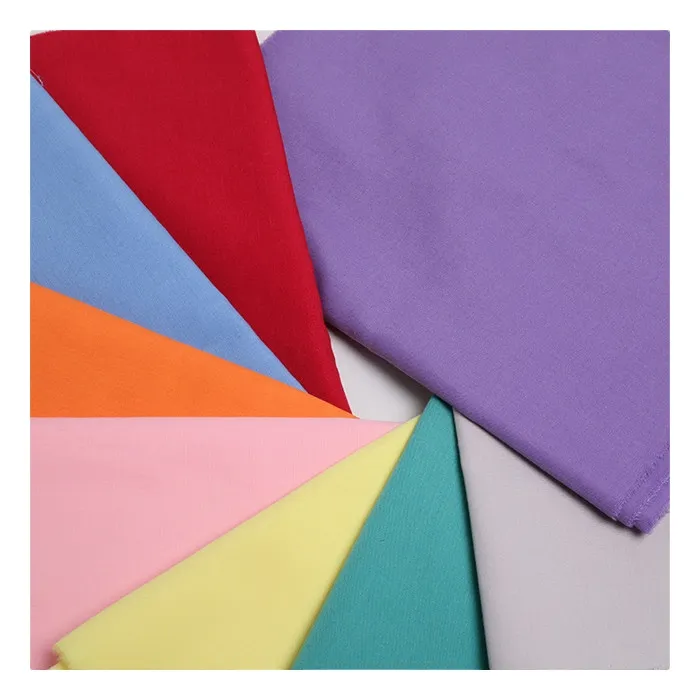
- Afrikaans
- Albanian
- Amharic
- Arabic
- Armenian
- Azerbaijani
- Basque
- Belarusian
- Bengali
- Bosnian
- Bulgarian
- Catalan
- Cebuano
- Corsican
- Croatian
- Czech
- Danish
- Dutch
- English
- Esperanto
- Estonian
- Finnish
- French
- Frisian
- Galician
- Georgian
- German
- Greek
- Gujarati
- haitian_creole
- hausa
- hawaiian
- Hebrew
- Hindi
- Miao
- Hungarian
- Icelandic
- igbo
- Indonesian
- irish
- Italian
- Japanese
- Javanese
- Kannada
- kazakh
- Khmer
- Rwandese
- Korean
- Kurdish
- Kyrgyz
- Lao
- Latin
- Latvian
- Lithuanian
- Luxembourgish
- Macedonian
- Malgashi
- Malay
- Malayalam
- Maltese
- Maori
- Marathi
- Mongolian
- Myanmar
- Nepali
- Norwegian
- Norwegian
- Occitan
- Pashto
- Persian
- Polish
- Portuguese
- Punjabi
- Romanian
- Russian
- Samoan
- scottish-gaelic
- Serbian
- Sesotho
- Shona
- Sindhi
- Sinhala
- Slovak
- Slovenian
- Somali
- Spanish
- Sundanese
- Swahili
- Swedish
- Tagalog
- Tajik
- Tamil
- Tatar
- Telugu
- Thai
- Turkish
- Turkmen
- Ukrainian
- Urdu
- Uighur
- Uzbek
- Vietnamese
- Welsh
- Bantu
- Yiddish
- Yoruba
- Zulu
Mar . 04, 2025 02:12
Back to list
poly viscose fabric price
Poly viscose fabric, often celebrated for its blend of strength, comfort, and aesthetic appeal, has become a staple in the textile industry. This versatile fabric, a blend of polyester and viscose, is popular across various sectors, including fashion, home furnishings, and industrial applications. Understanding the pricing dynamics of poly viscose fabric can offer valuable insights for manufacturers, retailers, and consumers alike, influencing purchasing decisions and market strategies.
Market demand also substantially impacts the pricing of poly viscose fabric. As environmental consciousness grows, consumers and designers increasingly seek sustainable and eco-friendly materials. This shift in consumer preference can lead to variances in demand, affecting prices. Poly viscose fabric's breathability, durability, and adaptability make it ideal for creating clothing that meets current fashion trends while being affordable and sustainable. The continuous innovation in textile design and the push towards slow fashion further amplify this demand, potentially influencing market prices. Seasonality can affect prices too. Fashion cycles dictate the type of textiles in demand at different times of the year, with poly viscose often favored during transitional seasons for its balance of warmth and breathability. Consequently, strategic timing of purchases can offer cost advantages for both retailers and consumers, particularly if these entities understand market trends and stock dynamics. Additionally, the influence of digital marketplaces cannot be overlooked when examining differences in poly viscose fabric prices. With e-commerce's growing dominance, price transparency has become a critical factor in consumer decision-making. Price comparison tools and platforms empower buyers to make informed choices, prompting sellers to maintain competitive pricing models. This democratization of pricing information ensures that consumers can access poly viscose fabrics at reasonable rates while allowing brands to leverage these platforms for broader market reach. In conclusion, the pricing of poly viscose fabric reflects a complex interplay of factors, including raw material costs, labor conditions, supply chain dynamics, market demand, seasonality, and digital marketplaces. Understanding these elements is essential for stakeholders across the textile industry, from manufacturers and retailers to end-consumers, as they navigate the intricate fabric landscape. By staying informed and adaptable, they can leverage their expertise to make strategic decisions, ensuring that they remain competitive in this ever-evolving market.


Market demand also substantially impacts the pricing of poly viscose fabric. As environmental consciousness grows, consumers and designers increasingly seek sustainable and eco-friendly materials. This shift in consumer preference can lead to variances in demand, affecting prices. Poly viscose fabric's breathability, durability, and adaptability make it ideal for creating clothing that meets current fashion trends while being affordable and sustainable. The continuous innovation in textile design and the push towards slow fashion further amplify this demand, potentially influencing market prices. Seasonality can affect prices too. Fashion cycles dictate the type of textiles in demand at different times of the year, with poly viscose often favored during transitional seasons for its balance of warmth and breathability. Consequently, strategic timing of purchases can offer cost advantages for both retailers and consumers, particularly if these entities understand market trends and stock dynamics. Additionally, the influence of digital marketplaces cannot be overlooked when examining differences in poly viscose fabric prices. With e-commerce's growing dominance, price transparency has become a critical factor in consumer decision-making. Price comparison tools and platforms empower buyers to make informed choices, prompting sellers to maintain competitive pricing models. This democratization of pricing information ensures that consumers can access poly viscose fabrics at reasonable rates while allowing brands to leverage these platforms for broader market reach. In conclusion, the pricing of poly viscose fabric reflects a complex interplay of factors, including raw material costs, labor conditions, supply chain dynamics, market demand, seasonality, and digital marketplaces. Understanding these elements is essential for stakeholders across the textile industry, from manufacturers and retailers to end-consumers, as they navigate the intricate fabric landscape. By staying informed and adaptable, they can leverage their expertise to make strategic decisions, ensuring that they remain competitive in this ever-evolving market.
Next:
Latest news
-
The Versatility and Elegance of White Cotton Poplin FabricNewsJun.23,2025
-
The Luxurious Comfort of Carded CottonNewsJun.23,2025
-
Explore the Luxurious Comfort of Cotton Flannel ClothNewsJun.23,2025
-
Discover the Versatility of Cotton Poplin ClothNewsJun.23,2025
-
Bleach Cotton FabricNewsJun.23,2025
-
100 Cotton BlendNewsJun.23,2025
-
Versatile Elegance with Poplin Fabric for SaleNewsMay.15,2025
